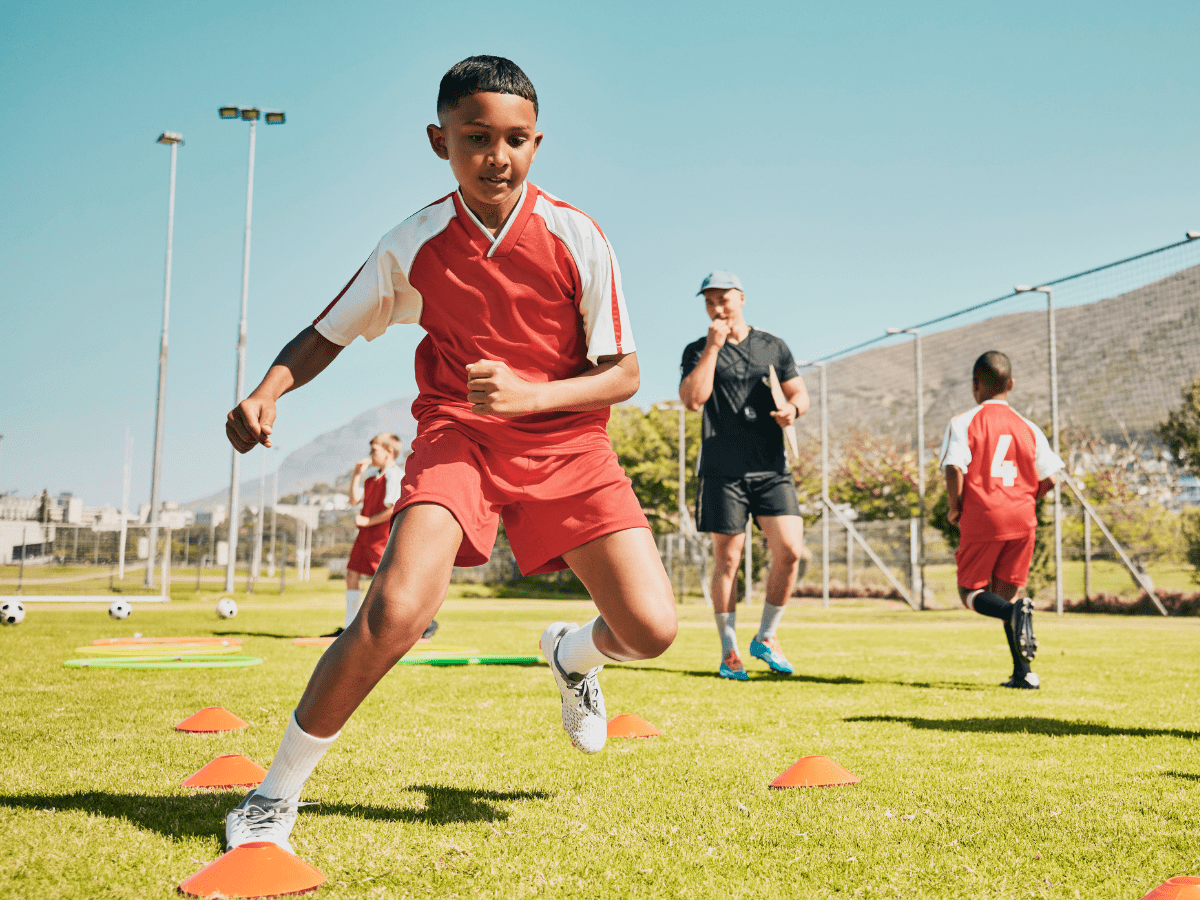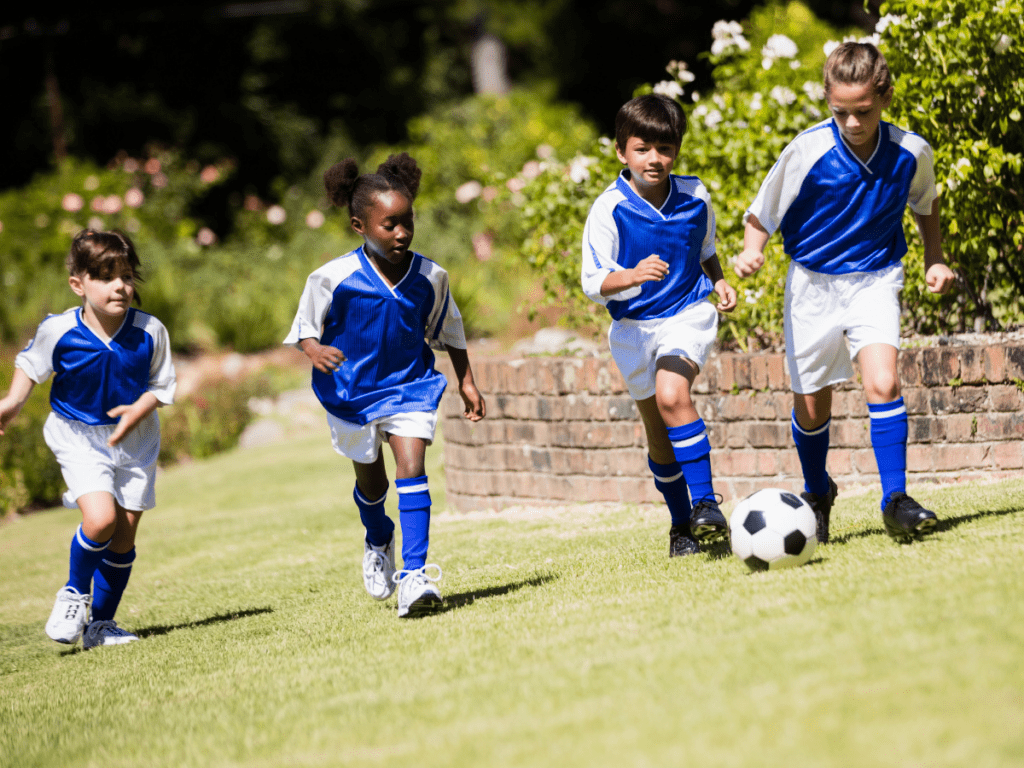
Early Talent Identification (TID) describes the process of identifying, evaluating and selecting athletes for sport programs in early adolescence (ages 10-14). This practice has created a contentious issue in sport. On one hand, early selection may eliminate late bloomers from the system. On the other, resources in sport programs are finite, and can only be allocated to so many athletes.
SIRC tasked two PhD candidates studying athlete development to debate the pros and cons of early TID. Here are their responses:
The argument FOR early TID
Aaron Koenigsberg, PhD Candidate, York University
An athlete’s training environment is a primary driver behind achieving elite sporting success (Baker & Horton, 2004). For this reason, it is highly unlikely that athletes would be able to achieve world-class levels of performance without a sustained engagement in sport-specific high-quality training activities (Ericsson, Krampe, & Tesch-Römer, 1993). For example, Connor McDavid credits his early success to strength and conditioning activities with former NHLer and renowned coach Gary Roberts as a teenager. While adversaries of early TID argue for the inclusion of as many athletes as possible in a development system, they overlook the fact that finite resources exist to support the high-quality programming that aspiring elite athletes require to have the greatest chance for future success (Kovacs et al., 2015).
High performance environments are characterized by four key factors (Baker & Young, 2014; Henriksen & Stambulova, 2017; Williams et al., 2018):
- High quality coaches;
- Large volumes of individual training;
- Supportive and competitive peer training groups; and
- Participation in relevant/high levels of competition.
These factors require substantial financial investments, which can limit the capacity for sport organizations to deliver to the masses. The cost of maintaining a high performance training program can also put a significant financial strain on the families of young athletes (Dunn et al., 2016).

While critiques of early TID have called for a shift towards retaining “as many for as long as possible” (Till & Baker, 2020, p.11), this perspective does not fully appreciate the scarcity of available resources. By structuring an elite development program to accommodate a larger cohort of athletes, we risk degrading the development environment (i.e., fewer available resources for each athlete). If the overall goal of National Sport Organizations (NSOs) is to produce world-class athletes, it is reasonable to assume that degrading the immediate development environment may hinder NSOs’ ability to produce such athletes. Although not every athlete who is supported by TID programmes will ‘make-it’ to the highest level, selecting athletes who are seen as having the greatest potential for future success at early ages and affording them high-quality environments will improve their chances of attaining future elite status.
Many condemn early TID because of its links to early sport specialization (i.e., early involvement in one sport, with a focus on high intensity training and competition; Baker et al., 2009), which has been associated with negative outcomes for young athletes. However, limited objective evidence exists to conclude that early specialization is in fact harmful to young athletes (Mosher, Fraser-Thomas, & Baker, 2020), and there is lack of knowledge regarding the mechanisms (e.g., training type, intensity, and volume) that may lead to such outcomes. More research is needed to understand the effects of early specialization, and how programs can be designed to mitigate potential negative outcomes while facilitating optimal development (Baker, Mosher, & Fraser-Thomas, 2021).
In a perfect world, retaining “as many for as long as possible” would be ideal. But the competition for finite resources within TID programmes make selections a necessary step of the development process—especially if the NSO’s ultimate purpose is to produce future elite athletes.
The argument AGAINST early TID
Jesse Korf, PhD Candidate, York University
In 2011, enjoying a balmy summer day in central Spain, Argentinian Leonel Angel Coira celebrates his first professional soccer contract with the famed Real Madrid. While most players would hit the town after having signed a lucrative deal, Leonel was only seven years old—and cases such as little Leonel’s are not uncommon. In principle, all teams have to make selections at one point or another, but the question of “when” is up for debate.
When arguing against early TID, one needs to look no further than professional sports drafts, where teams select players in their late teens and early twenties while relying on state-of-the-art analytics and evaluation tools. And yet, the accuracy of their selections is poor at best (Farah & Baker, 2020). In fact, 60% of National Hockey League (NHL) draftees do not end up playing a single game in the NHL, and of those that do, only 20% play two or more seasons worth of games (Tingling, 2017). Contrarily, many players who wind up having great careers were not even selected at the draft, such as Fred VanVleet of the Toronto Raptors. Now think about selecting athletes who are much younger and less developed, with scouting resources that are nowhere near comparable to the professional level. How accurate could those selections be?

Early TID is further complicated by individual differences in growth and development throughout childhood and adolescence. For example, relative age effects—differences in age within the same cohort, such as players born in January versus December (Webdale et al., 2020)—are amplified among younger age groups. The difference between chronological age (i.e., the age as listed on your birth certificate) and biological age (i.e., how developed your body is) can also differ significantly during adolescence, increasing the potential of error in early selections (Lloyd et al., 2014). Ultimately, the development of talent is not linear, meaning that athletes do not develop at similar rates or at similar times (Abott et al., 2005). This makes predictions of future ability or skills very complex. In other words, the chances of coaches or other evaluators selecting athletes that have the greatest potential decrease the younger athletes become.
A final argument against early TID is that it often leads to early sport specialization, which—while recognized as a potential pathway to becoming an elite athlete—has been linked to adverse health effects including overuse injuries and burnout (Nyland, 2014). Early specialisation may also lead to less enjoyment of sport among children and youth as there is typically more adult-supervised structure and less play (Wiersma, 2000). This becomes more problematic when considering that the vast majority of children engaging in sport will not make it to the professional level. Whether they have the potential to become an elite athlete or not, why increase children’s risk of potential physical and psychological harms if other options exist?
By delaying selection, we can have the best of both worlds: Healthier sport experiences and improved odds of selecting the highest potentials.
Conclusion
The issue of early TID in sport is not black and white. On one hand, early TID offers promising athletes access to high quality resources that promote their development towards elite athleticism. On the other hand, forecasting who will be an elite athlete is a highly inaccurate process, which may lead to the loss of potential talent from sport systems. Finding a middle ground between the two arguments is no easy task. But perhaps we need to reframe the question: When it comes to TID in sport, how early is too early?